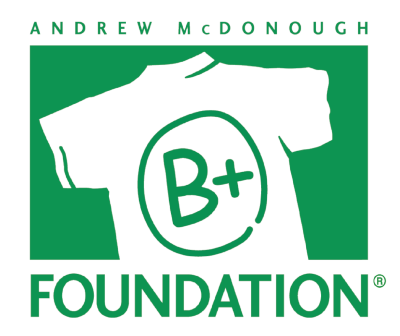Activating type I interferon-driven immune surveillance to treat pediatric B-cell acute lymphoblastic leukemia
Dr. Srividya Swaminathan – Beckman Research Institute of the City of Hope, Duarte, CA
B-cell acute lymphoblastic leukemia (ALL) is the most common cancer in children. Advances in ALL treatment have increased relapse-free survival to ~85% for childhood B-ALL. Despite these advances, there are no cures for treatment-resistant and relapsed childhood B-ALL. Treatment of children with B-ALL is unfortunately further complicated by the increased risk of morbidity from community-acquired viral infections such as influenza, even after vaccination. Therefore, safe and effective treatments that concurrently cure the leukemia in children with B-ALL and improve their protective responses to viral vaccines are an urgent clinical need. We propose to meet this unmet need by engineering a single treatment that utilizes both the anticancer and antiviral potential of cytokines named type I interferons (IFN-Is). IFN-Is activate the host immune system to defend against viral infections and cancers. Our recently published23,24 and preliminary studies show that IFNI-driven antileukemia and antiviral immune responses, specifically those mediated by cytotoxic natural killer (NK) cells, are suppressed in ALL. Therefore, we hypothesize that, restoring IFN-I-driven immune surveillance in children with B-ALL should simultaneously sustain leukemia remission and improve the protective response of influenza vaccines. Although direct administration of IFN-Is is the simplest strategy for restoring IFN-I-driven immune responses, it is only modestly antileukemic in the clinic as a single agent25,26. Our studies suggest that reduction in IFN-I-responsive NK and other antileukemic immune cells in patients with ALL may lead to the diminished effectiveness of IFN-Is. To improve the effectiveness of IFN-Is for treating B-ALL, we will delineate the mechanisms by which antileukemia and antiviral immune responses mediated by IFN-Is are suppressed during primary murine B cell leukemogenesis and identify immunotherapeutic approaches that can overcome this suppression (Aims 1-2); and test the pre-clinical efficacy of a novel off-the-shelf NK cell-based immunotherapy engineered by us in restoring IFN-I-driven immune responses and in treating childhood B-ALL (Aim 3). We expect our studies to inform the clinical development of safe and low-cost NK cell-based immunotherapies that simultaneously combat childhood B-ALL and safeguard children with this deadly disease from viral infections. In the future, we anticipate that our studies will also benefit children suffering from other types of cancers (e.g. glioma) and viral infections (e.g. COVID-1928), who exhibit suppressed IFN-I signaling.

